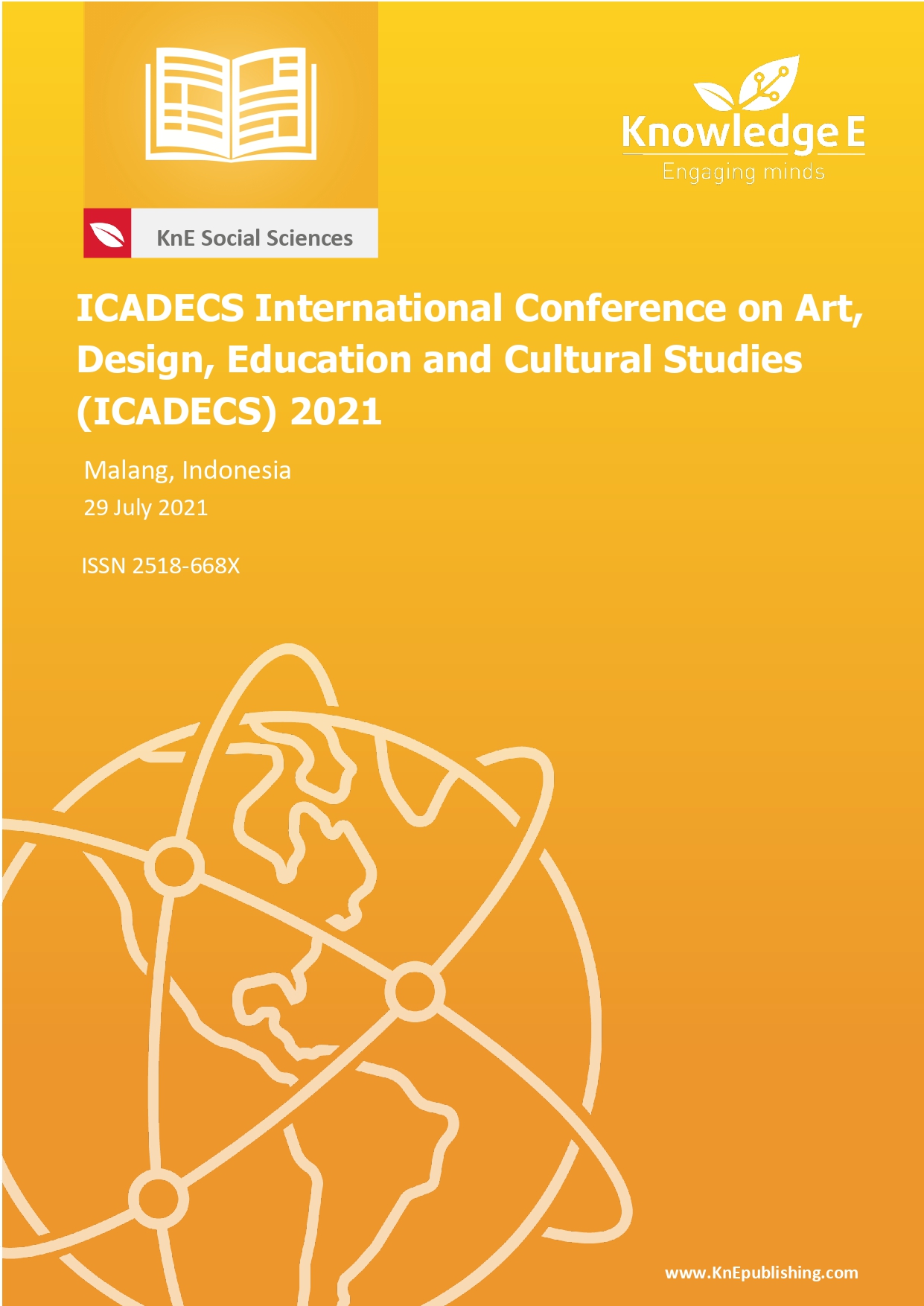Tourist Souvenirs: Learning Cultural Identity Representation Through Design
DOI:
https://doi.org/10.18502/kss.v7i13.11642Abstract
The massification and standardization of souvenirs offered in major tourist destinations around the world seem to compromise the authenticity and representation of the cultural identity that these products intend to evoke. Although the tourist souvenir is a product widely addressed by academic studies in tourism and other social areas, there is a gap in design studies about the value this object has as a representative of unique cultural expressions. In this article, we observe the potential offered by souvenirs as a subject for teaching design, in a didactic exercise focused on valuing cultural identity. In 2009, the city of Rio de Janeiro, Brazil, was preparing itself to host the 2014 FIFA World Cup and the Rio2016 Olympic Games. From 2009 to 2011, three hundred students of the Methods and Processes in Design course, from the Fashion Design degree of SENAI-CETIQT – Chemical and Textile Industry Technology Centre of the National Service for Industrial Learning, were encouraged to develop an innovative souvenir that could represent the local culture. It was possible to notice the relevance of cultural aspects as a determinant factor of differentiation and authenticity in the souvenir design project, in addition to bringing to the students a greater awareness of the role of the designer in creating non-verbal messages about the cultural identity of a nation or locality.
Keywords: souvenir design, cultural identity, design education
References
[2] Papanek V. The green imperative: Ecology and ethics in design and architecture. London: Thames and Hudson; 1995.
[3] Rocha F. O Brasil da bandeira: O design como elemento de afirmação da união nacional [Master thesis]. PUC-Rio Pontifícia Universidade Católica do Rio de Janeiro; 2003, Rio de Janeiro, Brasil.
[4] Muskiet C. Cliff Muskiet´s stewardess/flight attendant uniform collection. Uniform Freak. Available from: www.uniformfreak.com, accessed in May 2021
[5] Nyffenegger F, Steffen D. Souvenirs – Local messages. An exploration from the design perspective. Paper presented at: 6th International Workshop on Design and Semantics of Form and Movemen - DeSForM Conference; 2010 Nov 3-5; Lucerne, Switzerland

